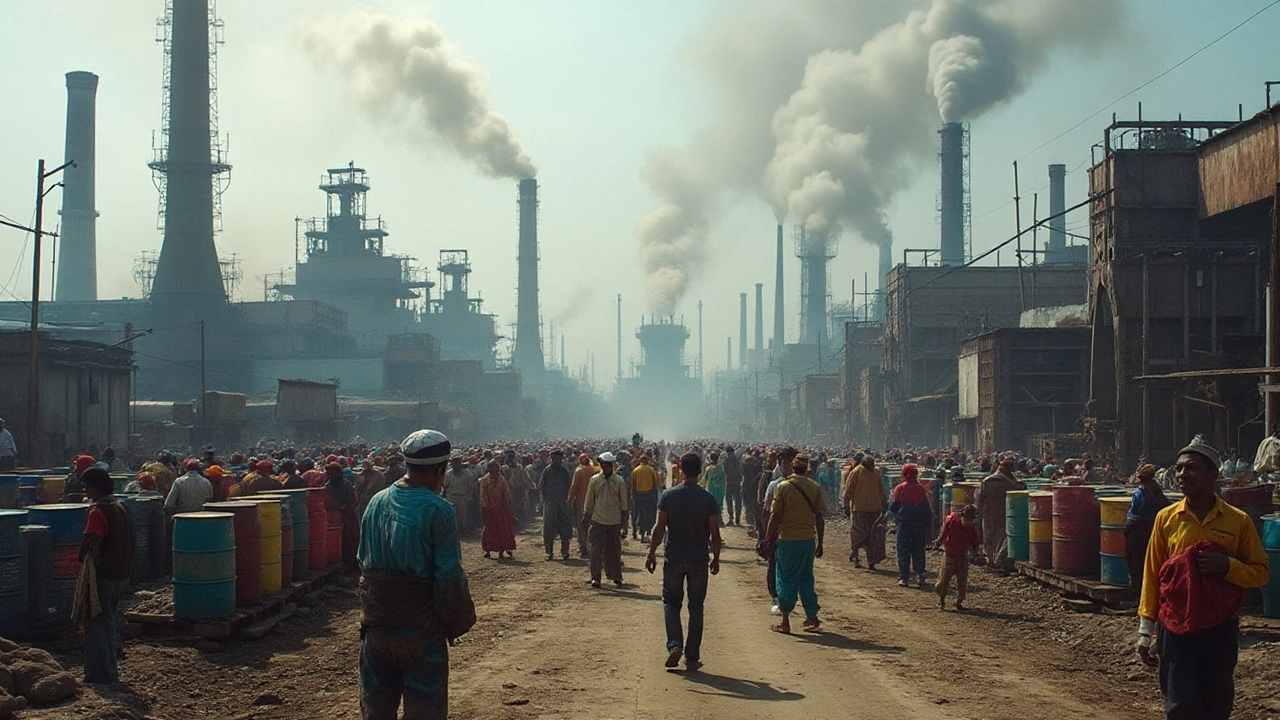Chemical Industry Challenges You Need to Know
Running a chemical plant isn’t just about mixing ingredients. Every day brings new rules, price swings, and sustainability targets that can throw a wrench in production. If you’re feeling the pressure, you’re not alone. Below we break down the most common headaches and share simple steps to keep things moving.
Regulatory Pressure
Governments around the world have tightened safety and emissions standards. In India, the Ministry of Labour and the Pollution Control Board regularly update limits on hazardous waste, meaning you have to stay on top of paperwork and testing. Missing a deadline can cost you heavy fines or even a shutdown.
One practical tip: set up a quarterly audit calendar and assign a compliance officer who tracks changes in local and international regulations. Using a cloud‑based document system makes it easy to pull up the latest permits during an inspection.
Supply Chain & Cost Fluctuations
Raw material prices for petro‑chemicals, specialty polymers, and catalysts can swing wildly due to oil price changes or geopolitical events. A sudden 20% jump in feedstock cost can shrink margins fast.
To cushion the blow, negotiate long‑term contracts with key suppliers and keep a safety stock for critical inputs. If your plant can run on alternative feedstocks, explore those options during low‑price periods. Small changes in the mix can keep production stable without breaking the bank.
Another common supply issue is logistics. Delays at ports or rail bottlenecks increase lead times. Partnering with a freight forwarder that offers real‑time tracking lets you adjust schedules before a delay hits the shop floor.
Environmental & Sustainability Demands
Customers and investors now expect greener processes. Reducing carbon footprints, recycling solvents, and cutting waste are no longer nice‑to‑have—they’re part of the business model.
Start with a waste‑audit: measure how much solvent you lose each month and identify the biggest leak points. Investing in closed‑loop systems can turn that waste into a reusable stream, saving money and improving your eco‑score.
Energy use is another big ticket. Simple measures like upgrading to high‑efficiency motors or installing variable‑frequency drives can shave off 5‑10% of electricity bills. Those savings add up across a large facility.
Talent Shortage and Skill Gaps
The chemical sector struggles to attract young engineers because the work is seen as “old‑school.” Yet modern plants need staff who understand automation, data analytics, and safety software.
Offer apprenticeships and partner with technical colleges to build a pipeline of trained workers. Interns who see hands‑on projects are more likely to stick around as full‑time employees.
Finally, encourage continuous learning. Short online courses on process optimization or regulatory updates keep your team sharp and reduce the risk of costly mistakes.
Facing these challenges isn’t optional—it’s part of staying competitive in 2025 and beyond. By keeping an eye on regulations, locking in material costs, greening your operations, and investing in people, you can turn obstacles into opportunities.

Chemical Shortages Impacting India's Industry in 2024
India, a major hub for chemical manufacturing, faces challenges as certain critical chemicals experience shortages. This situation impacts various industries, affecting production cycles and market stability. Reasons behind the shortage include supply chain disruptions, increased demand, and geopolitical factors. Manufacturers are exploring alternative strategies and sourcing options to mitigate these challenges. Addressing this issue is crucial for sustaining India's economic growth and industrial output.
Read More